ITPG-GT 2040 – 001 (15710)
Mondays 6PM-8:30PM
[Home | 02024 Syllabus | Ideas | Resources | Gallery]
- Structure & Teaching Methodology
- Office Hours
- Student Documentation
- Assignments
- Syllabus
- Notes
- Class 01, September 9 – Gnomon
- Class 02, September 16 – Mechanics and Design
- Class 03, September 23 – Field Trip to HSNY
- Class 04, September 30 – Time Machines
- Class 05, October 7 – Time Code
- Class 06, October 15 – Pop Time
- [ Class 07, October 21 – Midterm Review / Final Preview ]
- Class 08, October 28 : The Ecliptic Revisited
- Class 09, November 04 – Seeing Time
- Class 10, November 11 – Time/$
- Class 11, November 18 – Memory and Entropy
- Class 12, November 25 – Final Workshop
- * Class 13, December 02: Finals I *
- * Class 14, December 9: Finals II *
- Class Policies
Structure & Teaching Methodology
This is a production course about big ideas. I’ve tried to organize the syllabus to interlace conceptual and technical topics, as I want to provide new tools for interesting work along with thought-provoking ideas to fuel your creativity. As often as possible, classes will have both, with an emphasis on creative discussions during class meetings (as technical issues can be addressed in office hours). There is so much a Time class could cover; I’ve tried to filter for material that is actionable, inspiring, and important. That sill leaves way more than can fit in fourteen weeks. Nevertheless…
This is a 14-week course that meets once a week in person. During class we will discuss conceptual and technical information related to time, provide feedback on assignments, and have opportunities for hands-on technical practice with hardware and software. Weekly prompts will guide work outside of class and build toward a final project, while weekly time-themed readings will stimulate discussion. The course will cover both hardware and software, and students will have the flexibility to design their final project around material availability.
Office Hours
I have an NYU office hour calendar and will be posting hours there when the semester begins. Generally, I’ll be at ITP Mondays and Tuesdays all day, and am happy to arrange times to meet in person those days, or online other days.
Student Documentation
As is typical at ITP, please document your work for this class online. Set up a URL that shows only work for this class – if you’re using a blog, have a tag or category for the class, for example. Document early and often – more frequent rough-draft posts are better than fewer super polished ones, and help me understand your progress in the class. An assignment or project should have a final post that captures the work, including references.
I will use a shared class spreadsheet to compile things like links to your documentation. Access the doc through your NYU account.
Assignments
Overview
Humans have built an amazing array of timekeeping devices over thousands of years. In this class, you will join those ranks by creating your own timekeeper as a final project. (What constitutes a timekeeper is deliberately left open here, and will be explored throughout the course.)
In the first half of the semester, you will execute a series of 5 1-week exercises meant to help build skills and think through design possibilities for your final timekeeper.
Rather than review each result each week, you will document work online and present a summary of your work, along with a proposal for a final project, in week 7. The exception will be the first exercise, creating a sundial, which you will show in class in week 2.
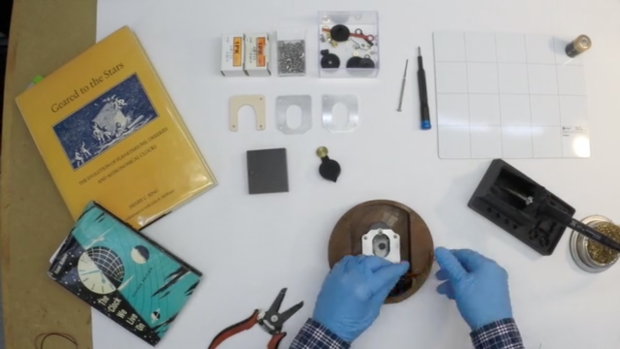
After week 7, you will work towards finishing your own timekeeper. You may work in groups for the final; for groups larger than two people please see before proceeding. There will be final check-ins in weeks 9 and 10, where you will show a “mvp” demo of your finals for feedback. Finals will be presented over two weeks, with volunteers and/or primarily software projects showing in week 13, and hardware projects showing in week 14.
In weeks 4-6 and 8-11, groups of two to three students will be assigned to act as discussion facilitators. You will have a responsibility to guide us through the reading for that week, and the opportunity to share inspiring art work or other time-related material.
It is expected that you will spend 6 to 8 hours a week on the class outside of class itself. This will include reviewing material, reading, watching video, completing assignments and so on. Please budget your time accordingly (consider keeping a time log of work for this class!).
Deliverables
More detailed descriptions are in the weekly syllabus.
Weekly Exercises – Weeks 1-6
- Create a sundial (shown in week 2)
- Timekeeper design analysis (this and the following exercises will be documented online and shared at the midterm review in week 7)
- Software timekeeper (alt: timelapse, slowmotion)
- Hardware timekeeper
- Revised timekeeper
Midterm Review/Final Preview – Week 7, October 21
Prepare a presentation highlighting a selection of your work in the weekly exercises, and share your plans for a final timekeeper. Create a narrative that shows how your exercises have lead to the final idea. If you plan to work in groups for the final, you may co-present with your partners, showing both bodies of work and one final idea.
Final Progress MVP demos – Weeks 9 and 10, November 4 and 11
We will use class 9 and 10 to check in on final progress with a “minimal viable project” funcional demonstration of your work.
Final – Weeks 13 and 14, December 2 and 9
Present your final timekeeper projects.
Readings
I’ve collected most of the readings (and in some cases, longer source materials from which they are taken) in a class reading packet accessible through your NYU account. Weekly short readings will be assigned throughout the semester and discussed the following week.
There are also a lot of materials in the syllabus under the Ideas and Resources categories. You will review this material at the outset of class, as they will form a common set of vocabulary and reference points for ongoing course discussions. I also maintain an expanding glossary of time-related terms, and expect you to become familiar with, and use, the terms that most interest you.
In the past I have assigned one of two complete texts: Carlo Rovelli’s small, beautiful book, The Order of Time, or Jay Griffiths’ wide-ranging and thought-provoking work A Sideways Look At Time (also known as “Pip Pip” in the UK). Both remain highly recommended, but this year I will assign a wider-range of shorter readings from more authors, including selections from Griffiths and Rovelli.
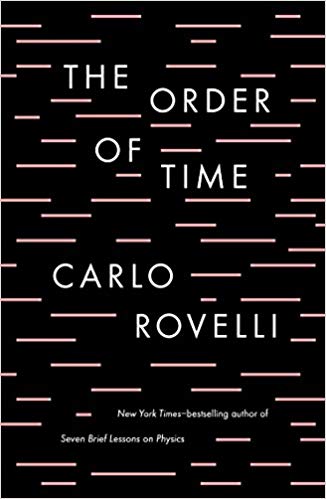
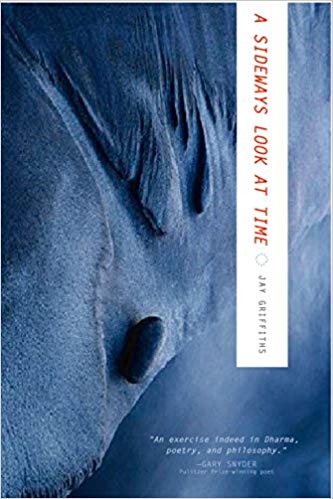
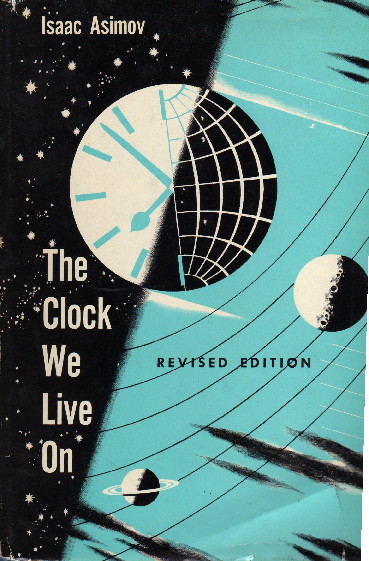
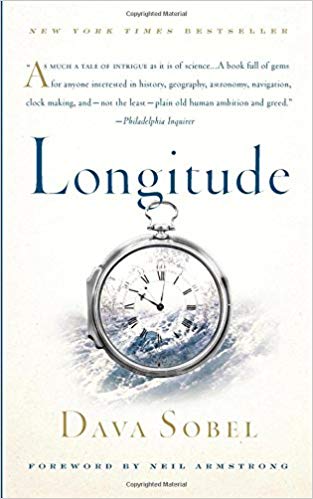
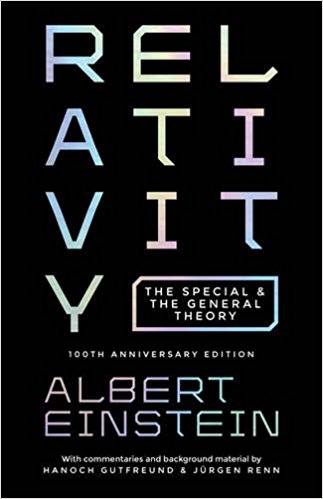
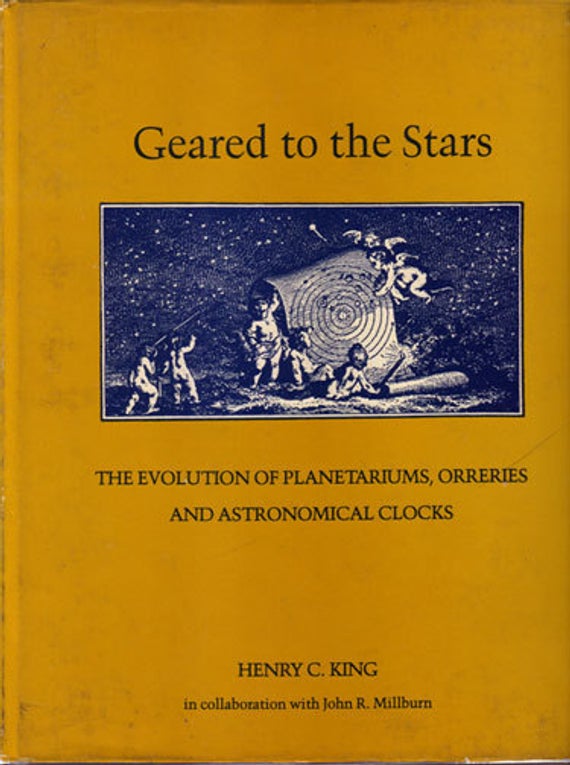
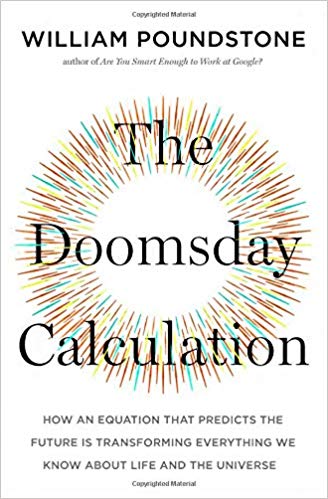
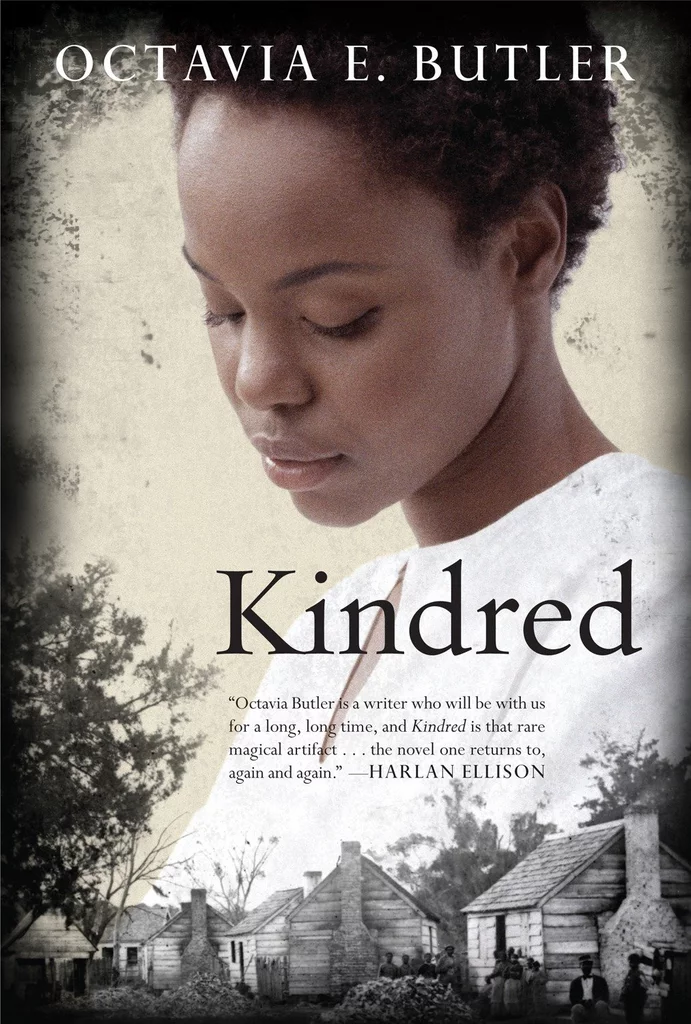
Discussion Facilitators
In weeks 4-6 and 8-11, groups of 2-3 students will be assigned to help lead class discussions. This is both a responsibility (to stay current with the assignments and readings) and an opportunity (to share specific things you are interested in related to the class). Weekly facilitators can:
- Discuss the readings, recent class material, or upcoming topics
- Share inspiring artists, artwork, or events related to time
- Show us interesting calendars or upcoming holidays
- Demonstrate tools, libraries, or hardware you are
Syllabus
Notes
The 3rd class will meet at the Horological Society of New York:
20 West 44th Street, Suite 501
New York, NY, 10036
(212) 704-404
We will meet during the normal class time, but might delay the start slightly depending on how many students are coming directly from another class.
The 6th class, on October 15, is held on a Tuesday (aka an “administrative Monday”)
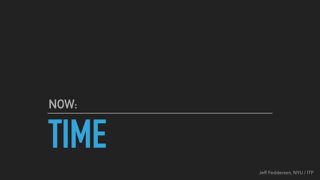
Throughout the semester I will use slides to illustrate points, guide discussions, and generally help me organize the material I want to cover in each class. These are generally not designed as stand-alone documentation; however, to the extent they will be useful I will share drafts with the class. If anyone has difficulty seeing the material in class or accessing it when shared, please let me know so we can work out how best to get the material to you. You can see last year’s slides from that syllabus; I will modify or update these as I prep material for this year.
Class 01, September 9 – Gnomon
Hi!
In this class we’ll meet each other and get oriented. I’ll give an overview of some of the many topics that could be included in a class called “Time”, including the fascinating story of the 2000-year-old Antikythera Mechanism and its connection to modern computers. We’ll discuss personal connections to time – the many ways time is perceived individually, culturally, historically, politically. We’ll review the syllabus, schedule, and course materials.
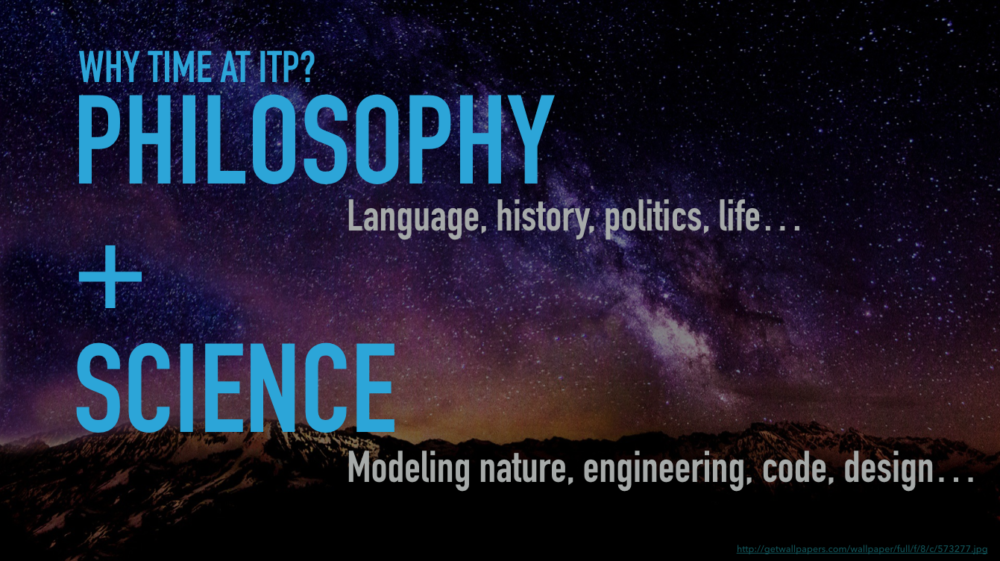
Agenda
- Introductions
- Presentation: Gnomon
- Overview of syllabus, assignments, and schedule
- Activity: Elevation and Azimuth
- Q&A
Assignment
Create a sundial or similar tool to observe a star, planet, or satellite. Bring physical example to class. Post brief documentation of your device working (e.g., a sundial with a shadow, etc) to your blog. See these notes on sundials for ideas and useful software.
Reading
- Review the Time materials on https://fddrsn.net/teaching/time, especially the Resources [Bibliography, Hardware, and Software], Ideas, Gallery, and glossary. Come with questions.
- Brand Ch2: Kairos and Chronos; and Ch7 Order of Civilization (reading packet)
- Griffiths: Keeper of Time Interview (reading packet)
- Next week we’ll look at the functional and design aspects of timekeepers. Below are two resources that do an excellent job of explaining how mechanical watches work. (Note, it’s not necessary to understand exactly how a mechanical watch works; but rather, I hope you’ll gain a general appreciation of the overall architecture, and enough understanding to draw inspiration and parallels to other technology.)
- Optional: If you have access to Netflix, There is an episode of the series Abstract: the Art of Design that covers the work of Jonathan Hoefler, and particularly the design of his font Decimal, which was inspired by typography on watch dials.
Slides
Class 02, September 16 – Mechanics and Design
How do these things work?
Since we’re visiting HSNY next week, I’m moving up material about the design and function of timekeeping devices. These devices display incredible ingenuity, and today we’ll gain an overview of how timekeepers have historically been constructed, focusing on energy sources, escapements, and complications.
Time is also an incredible inspiration for design! We will look at the unique visual-, data-, and industrial-design aspects of timekeeping devices. We’ll look especially at watches, since these wearable timekeepers have the highest constraints on size and legibility.
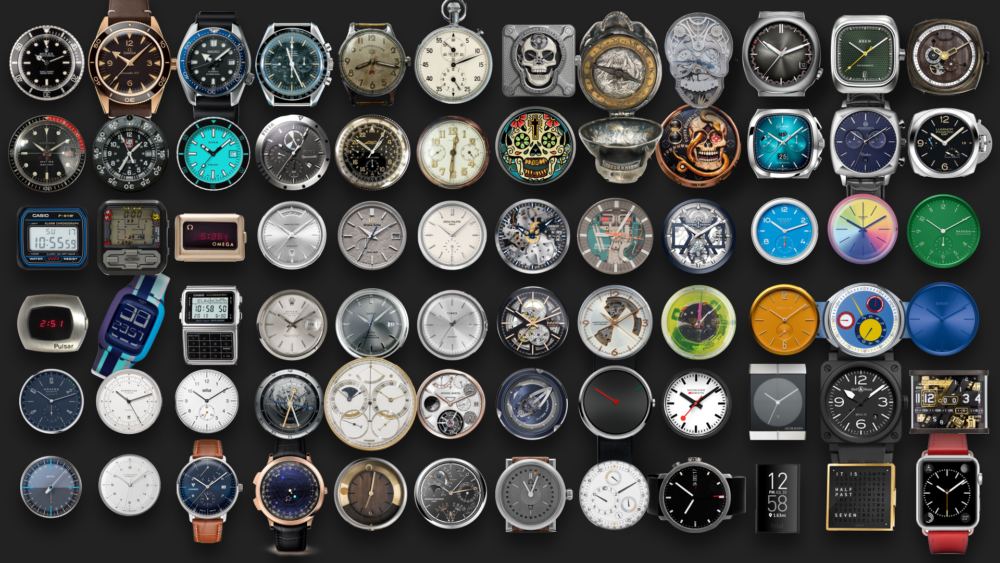
Agenda
- See your sundials
- Discussion: Chronos and Kairos; Civilizational speeds
- Presentation: Timekeeper mechanisms
- Presentation: Timekeeper design
Assignment
Timekeeper design analysis. Find a timekeeper of interest to you, and carefully analyze how it presents the time. If a watch or clock, consider specific details of the typography, indices, proportions, and materials. Are there complications?
Reading
- This NY Times article covers the founding of the library.
- Dr. Marraccini, HSNY’s librarian, has written a number of articles for Hodinkee, itself an excellent online and print publication dedicated to horology. Scan this article about calendars, or this one about death.
- Griffiths: A sideways look at time excerpt (reading packet).
- For background information on the technical material today, see selections from NIST From Sundials to Atomic Clocks (reading packet):
- Ch 2: Everything Swings;
- Ch 3: Early Man-made Clocks
Slides
Class 03, September 23 – Field Trip to HSNY
We’ll visit the incredible library of the Horological Society of New York.
“Founded in 1866, the Horological Society of New York (HSNY) is one of the oldest continuously operating horological associations in the world. Today, HSNY is a 501(c)(3) nonprofit organization dedicated to advancing the art and science of horology through education. Members are a diverse mix of watchmakers, clockmakers, executives, journalists, auctioneers, historians, salespeople and collectors, reflecting the rich nature of horology in New York City.”
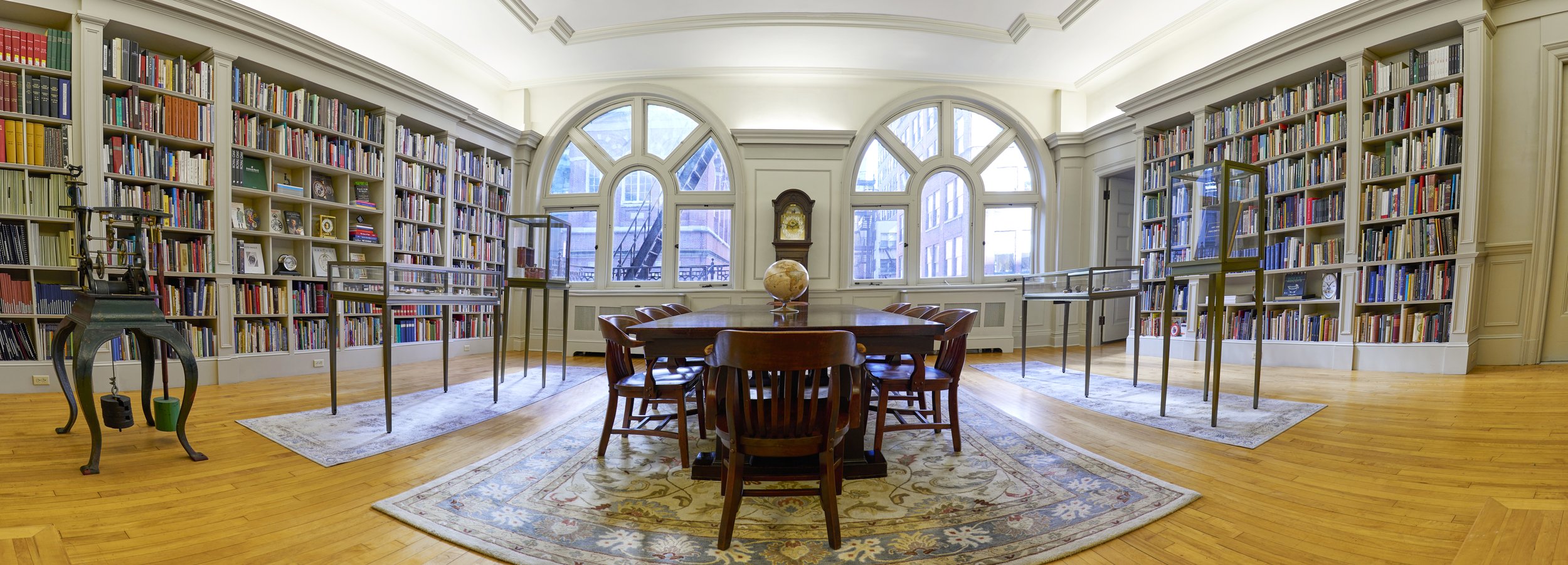
Assignment
Software timekeeper. Implement a working timekeeper in code. This can be in the language of your choice. You might attempt to pay homage to a timekeeper you’ve seen elsewhere, or from your design analysis; or create a novel one. Consider how you create something that changes over time – do you use the current frame, a time function such as hours(), a time object, or some other method?
Reading
- Review the class P5 software examples of clock templates for ideas on software timekeeping
- Brand, Ch 3: Moore’s Wall; and Brand, Ch 4: Singularity (reading packet)
- Selections from NIST From Sundials to Atomic Clocks (reading packet):
- Ch 4: “Q” is for Quality;
- Ch 5: Building Even Better clocks
- This great video by Steve Mould on how quartz watches work:
Class 04, September 30 – Time Machines
Useful hardware for Time
Escapements in mechanical timekeepers turn a flow into a countable tick. All digital devices have deeply embedded “ticks” as well, and we’ll dig into the origin of those, beginning by diving into the source-code for the simple “delay” function in Arduino. We’ll also look at some microcontroller-specific examples like interrupts; and special hardware like quartz clock movements and real-time-clocks.
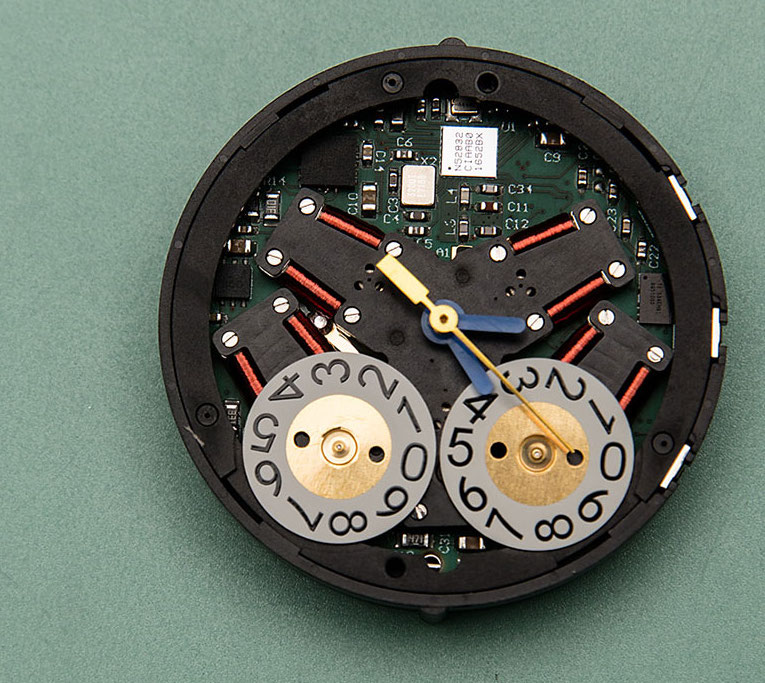
Agenda
- Discussion facilitators group 1: Henrique, Liyan, Melika
- Presentation: Time Machines
- “The meeting has moved” activity
Assignment
Pcomp Timekeeper. Quickly prototype a clock using physical computing components and techniques. You might use a 7-segment LED or other display; servos or other motors to move physical indicies, etc.
Reading
- Penner Easings (reading packet)
- Review the class P5 software examples of easings and timelines
- Reading packet TBD – Chun etc.
- Listen to (or read the transcript) of this interview with Lera Boroditsky on Language, Thought, Space and Time.
Slides
Class 05, October 7 – Time Code
Code as meta-temporal objects; music and code
All art exists in time (since all exists in time…). The most inert stone sculpture changes appearance as sunlight moves across it, while the culture perceiving the sculpture changes as well. (Rovelli: a kiss is an event, but so is a rock). Performance art forms such as music, theater and film, are especially time-based.
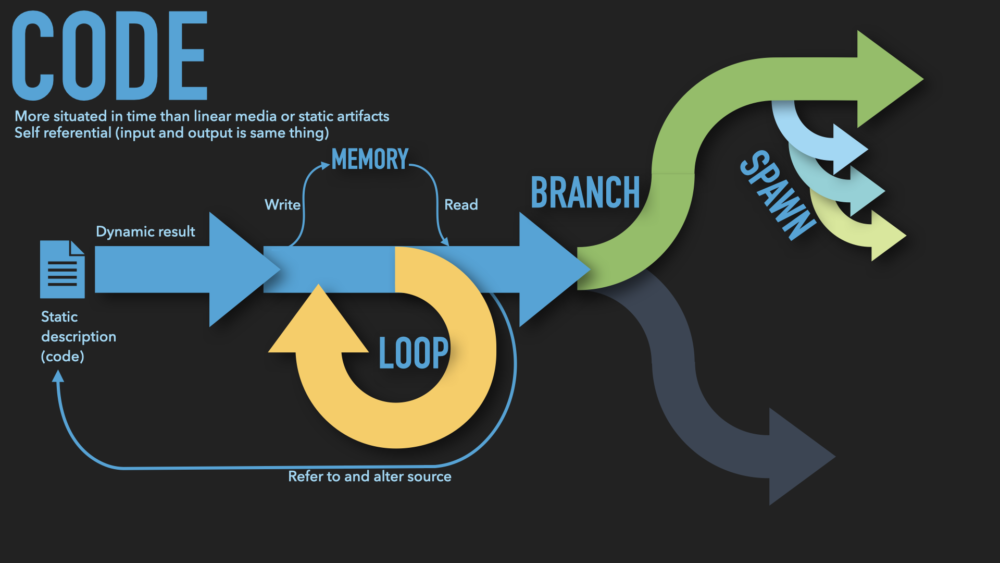
I believe code is the most time-based art form, the medium with the most complex relationship to time. Static source code generates dynamic execution that loops, forks, spawns. Code reads and writes to memory and can alter itself. Everything exists in time; code plays with it.
Agenda
- Discussion facilitators group 2: Christina, Andre, Proud
- Presentation: Time Code
Assignment
Revision. Revise either your software or physical computing clock, using more advanced techniques for managing state over time of at lease one variable.
Reading
- Butler – Kindred Chapter (packet). For background see also Scientific American’s Butler’s Legacy of Time Travel“.
- Chiang – What’s Expected of Us; and Catching Crumbs from the Table (packet)
- Jemisin – How Long ’til Black Future Month. This is also the title of a later collection of Jemisin short stories, one of which – “The Ones Who Stay and Fight” is included in the reading packet as a sample.
- The Ars Guide to Time Travel in the Movies. Science writer Jennifer Ouellette and physicist Sean Carroll ranked 20 movies for entertainment value and scientific plausibility. Scan this – where would you put your favorite movies?
Slides
Class 06, October 15 – Pop Time
Note: This class is on a Tuesday
Lets share our favorite treatments of time in pop culture.
Humans have the powerful ability to mentally time travel. The stories we tell extend that ability by exploring and mixing the past, present, and future.
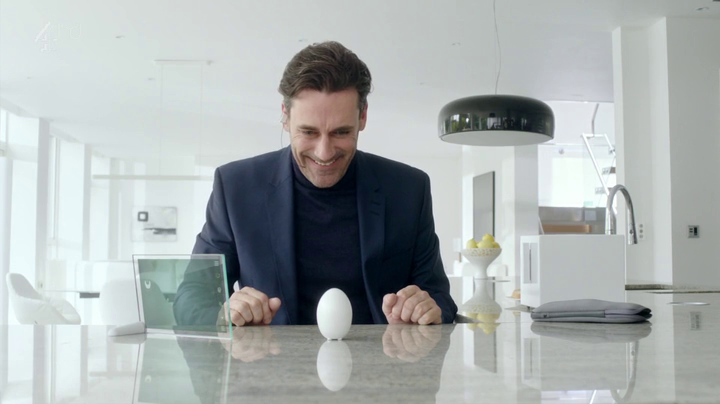
Agenda
- Discussion facilitators group 3: Sangyu, Caroline, Zongze
- Presentation: Time in Culture
Homework
Prepare your work so far for the midterm review, and present a final project idea.
Reading – None!
Slides
[ Class 07, October 21 – Midterm Review / Final Preview ]
In-class activity: Midterm review / Final preview
Agenda
- Midterm Review/Final Idea presentations
Homework
From now on, your homework will be to continue the development of your final, do the reading and research, and, if you are a discussion facilitator, prepare for that role.
Reading
- Asimov, The clock We Live On Chapters 1 “Following the Sun” and 4 “The Inconstant Moon” (packet)
- Einstein, Special Relativity. OK – I really want us to tackle this, as it might be the most important thinking about time… ever. Special Relativity isn’t too hard! Or rather – the result is a sort of specialized Pythagorean Theorem that’s pretty easy to follow (the insights that lead there are another thing). So – I offer the following options to “get at” special relativity.
- Einstein’s actual paper, “On the Electrodynamics of Moving Bodies”. At least, the introductory material up to page 7 [In packet]
- OR: the Intro and selected short chapters from Einstein’s book on relativity for the general public. Focus on Chapters 7-12 [In packet]
- OR: This Minute Physics video about length contraction and time dilation. It’s part of a multi-video course that’s still pretty short.
Class 08, October 28 : The Ecliptic Revisited
How (some part of) the universe works
In our first class we created pointers to celestial objects, something humans have been doing essentially forever. Finding order in the complex pattern of motion of the sun, moon, stars and planets is the origin of technological timekeeping. We’ll revisit the topic and learn more detail about where those patterns come from.
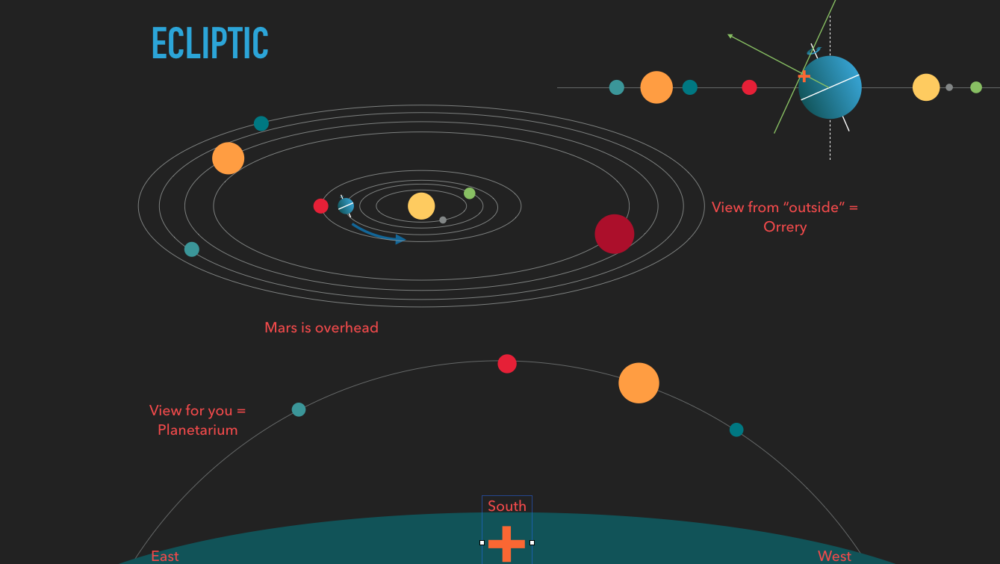
Agenda
- MVP brainstorm and signup
- HSNY show planning
- Presentation: The Ecliptic and the Cepheids
- Future exercise (worksheet)
Reading
- McCloud, Understanding Comics Chapter 4: Time (packet)
- Poundstone Doomsday Argument (packet)
- Sontag, On Photography excerpt.
Slides
Class 09, November 04 – Seeing Time
Using technology, and our mind’s eye, to peer through time.

Agenda
- Discussion facilitators: NA
- Presentation: Seeing Time
- Presentation: When are We
- MVP demos round 1: Sangyu, Andre, Henrique, Parth, Sharell, and Andy
Reading
- Odell – Nothing, and Review (packet)
- The Hidden Value of Time (packet)
Class 10, November 11 – Time/$
Spending time.

Agenda
Discussion facilitators group 4: Sharell, Arya, Parth
MVP demos round 2: Proud+Christina, Liyan+Melika, Lusine, Arya, Zongze, Caroline
Reading
- Rovelli, Seven Lessons Chapter 6 (packet). If you’re interested, see Rovelli’s book “The Order of Time”
- Boym, Nostalgia (packet)
Class 11, November 18 – Memory and Entropy
The arrow of time.
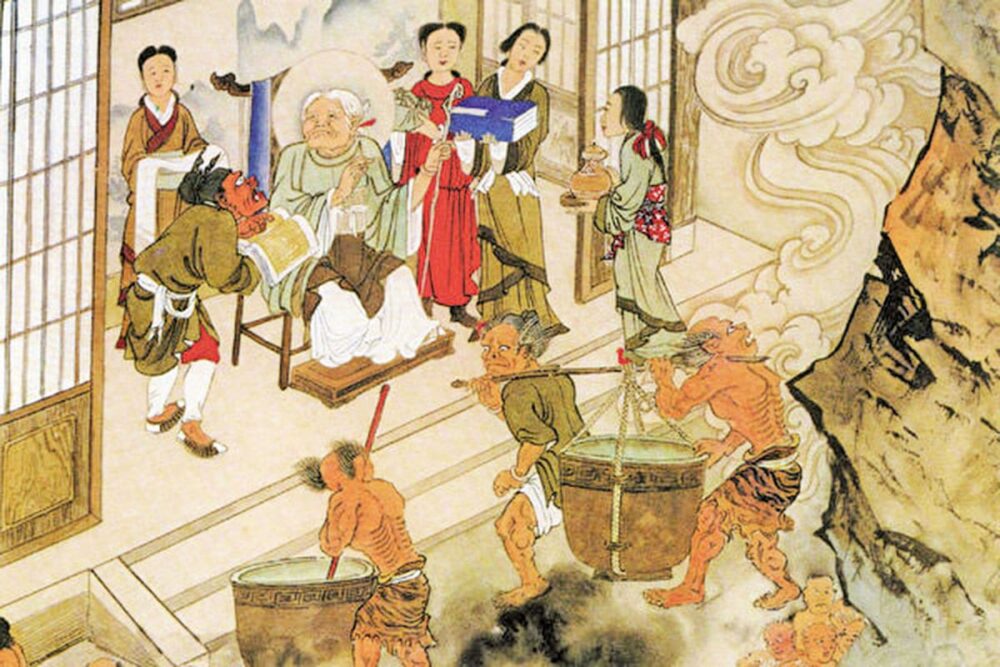
Agenda
Discussion facilitators group 5: Andy, Lucy
Class 12, November 25 – Final Workshop
This will be a class dedicated to problem solving for your projects.
* Class 13, December 02: Finals I *
Front-loading software projects.
* Class 14, December 9: Finals II *
Back-loading hardware projects.
Class Policies
In addition to the university-wide syllabus policies mentioned on the main site, here are some specific policies for the 2024 class:
Grading
The most important thing you can do is arrive to each class on time and be prepared to actively, civilly participate with your peers and engage with the material. Please put your best effort into assignments and readings, and keep a record of your work online. ITP is pass fail, but the equivalent of a B or higher is required to pass.
- 20% In-class work and participation, readings, discussions.
- 30% Production assignments 1-5/midterm review/final proposal
- 10% Discussion facilitator
- 30% Final project
- 10% Documentation
Participation & Attendance
On-time attendance and active participation required. After the first two weeks of the add/drop period, effective in week three onward, students are permitted 2 absences. There are no excused absences and unexcused absences. There are only absences. Any more than 2 of absences will affect your grade. Two late arrivals (more than 10 minutes after start time) will count as 1 absence.